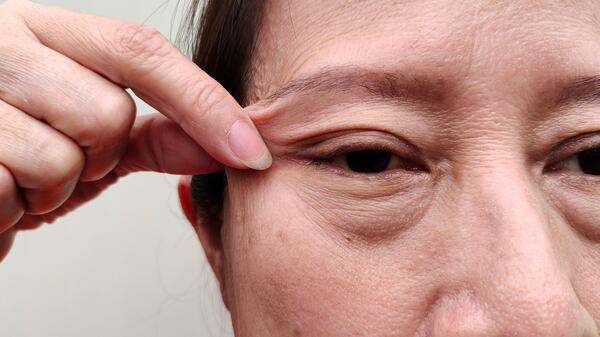
Recognizing Ptosis In Seniors: Symptoms And Signs To Watch Out For
As you age, your body undergoes various changes, some of which may impact your health and quality of life significantly. One such condition that is commonly overlooked yet has considerable implications is ptosis.
Recognizing the signs and symptoms of ptosis in seniors is crucial, as early detection can lead to timely intervention, potentially improving their vision and overall well-being.
This article explores what ptosis is, underscores its importance, and highlights the symptoms and signs to watch out for, including when to consider ptosis correction Singapore.
What Is Ptosis?
Ptosis is the drooping of the upper eyelid, a condition with varying degrees of severity and a spectrum of underlying causes. At the heart of ptosis lies a malfunction of the levator muscle, which is crucial for eyelid elevation. This dysfunction can stem from a multitude of factors:
- Age-related Changes: As individuals age, the levator muscle can weaken, leading to ptosis. This process is a natural consequence of aging, where the eyelid's muscle fibres deteriorate over time.
- Neurological Conditions: Certain neurological disorders, such as myasthenia gravis, can impair the communication between nerves and muscles, leading to eyelid drooping.
- Trauma Or Surgery: Physical injury to the eye area or complications from ocular surgery can damage the levator muscle or its nerve supply, resulting in ptosis.
- Congenital Issues: Some individuals are born with ptosis due to developmental anomalies in the levator muscle.
A thorough understanding of these factors ensures that medical interventions can be precisely tailored to address the specific underlying issue, offering the best possible outcomes for those affected by ptosis.
Importance Of Recognizing Ptosis
The early recognition of ptosis is crucial for a multitude of reasons beyond the immediate impact on visual acuity:
- Prevention Of Amblyopia: In severe cases, particularly when vision is obstructed, there is a risk of developing amblyopia, or lazy eye, where the brain starts to favour the other eye. This condition can lead to permanent vision impairment if not addressed promptly.
- Indicator Of Systemic Issues: Ptosis can be an early warning sign of more significant health problems, such as stroke, diabetes, or tumours affecting the eye's nerve pathways. Identifying ptosis could lead to the early detection of these conditions.
- Psychosocial Impacts: Beyond the physical impairments, ptosis can affect individuals' self-esteem and social interactions due to the visible difference in their appearance. This aspect underscores the importance of addressing ptosis not only for physical health but for mental well-being as well.
Addressing ptosis at its onset can significantly improve an individual's quality of life, reducing the risk of developing more severe visual impairments and enhancing overall well-being.
Signs And Symptoms Of Ptosis
The signs of ptosis primarily involve the physical appearance and functionality of the eyelids, along with potential effects on vision and eye health. Here are the key signs to look out for:
- Drooping Eyelid: The most obvious sign of ptosis is the sagging of one or both upper eyelids. The extent of droop can vary significantly from barely noticeable to completely covering the pupil, impairing vision.
- Asymmetry Of Eyelids: When ptosis affects only one eye, it can lead to noticeable asymmetry between the two eyelids. This might be more apparent in photographs or when looking directly at a mirror.
- Difficulty Blinking Or Closing The Eye: In severe cases of ptosis, the eyelid may not close fully, which can lead to eye irritation, dryness, or increased risk of infections.
- Increased Tearing: Some individuals with ptosis may experience excessive tearing. This can occur as the body's response to the eye being partially exposed or due to irritation.
- Strained Or Tired Eyes: Efforts to compensate for the reduced field of vision can lead to eye strain. Individuals might find themselves frequently tilting their heads back to see better or raising their eyebrows in an attempt to lift the drooping eyelids.
- Changes In Vision: Ptosis can impact visual acuity, especially if the eyelid droops enough to obstruct part of the visual field. This can affect activities that require detailed vision, such as reading or driving.
- Frequent Headaches: The strain of constantly adjusting one's posture to see better or the effort to raise the eyebrows can lead to tension headaches.
Promptly identifying these signs is crucial for a timely diagnosis and effective management of ptosis. If you or someone you know exhibits one or more of these signs, consulting with an eye care professional is recommended to determine the appropriate course of action.
Takeaway
Recognizing ptosis in seniors is crucial for maintaining their quality of life and preventing further vision impairment.
Early detection and appropriate intervention, such as ptosis correction, can significantly improve an individual's visual function and overall well-being. This awareness empowers seniors and their caregivers to take timely action, ensuring a fuller, more active life despite aging.